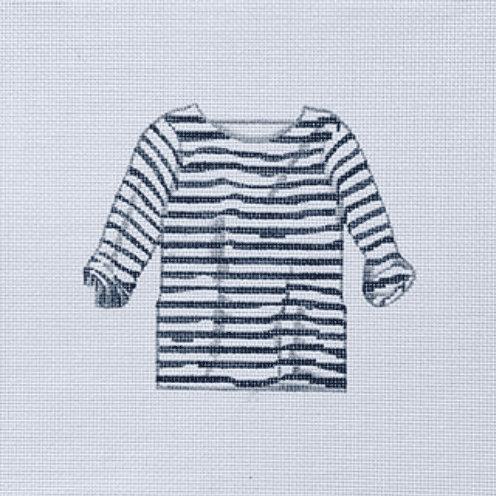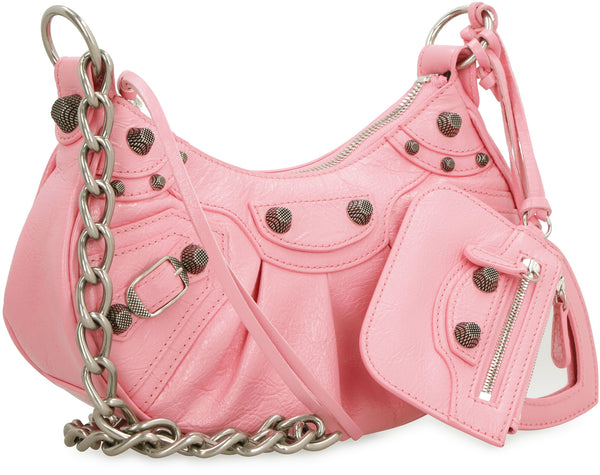The high cost of addiction care. Is it a rehab racket?
Table of Contents
Opioid Addiction Treatment in the U.S.
The number of opioid addicts in the united states of America is rising. From young children to adults, ordinary people to celebrities, drug and substance abuse is so typical. Despite having the highest number of rehabilitation centers, most of these addicts’ overdose and die. These rehab centers tick all the boxes when it comes to meeting requirements. What could be wrong? Most of these centers are carrying out only the 12-step treatment, which seems not to work out.
Logically, any person enrolling in a recovery process is out to get better. When the 12-step approach does not work, it is automatically assumed that this type of person is not ready for treatment. Whether it’s that they require cognitive behavioral therapy, or whether they need medications, or something else. Treatment centers will be so focused on this 12-steps approach that everything else will kind of fall by the wayside.
What is the regulatory organization around these addiction treatment centers?
On this, you’ll have to look into the history of addiction treatment centers. Addiction was seen as neither a disease nor a medical disease. This stand did not change until recently. Previously when it was hardly a disease, the model that took off in the U.S. — where they started treating addiction, to begin with — was this 12-step model. So, we’re talking Alcoholics Anonymous, Narcotics Anonymous. This system cropped from community organization taking the 12 step approach. This is what a lot of addiction treatment today, in the U.S., is based on. It’s known as the Minnesota Model, where you go to a place for 28 days. It’s found predominantly in the 12-steps. And you go through that.
On the ideal addiction treatment situation
In a perfect position, an addict should be getting a combination of biological, psychological, and social interventions. Under the physical interventions would be medications such as buprenorphine, methadone, or naltrexone. Under the psychological interventions would be cognitive-behavioral counseling, carrying out motivational interviews, among other psychotherapies. in terms of the psychosocial interventions would be things like using 12-step programs and other similar programs.”
Reasons why few treatment centers combine biological, psychological, and social interventions
There are several reasons, and it isn’t straightforward. Part of it is historical as alluded to earlier on. Treatment centers came into being, in America, separate from the medical system. So, many treatment centers do not have a doctor on staff. And the subspecialty called ‘addiction medicine,’ and the subspecialty called ‘addiction psychiatry’ have only been around since the early ’90s. So, this is a relatively new field — or sub-specialization — in American medicine. Besides the historical thing, there is a lot of stigma about opioid addiction. And, so, historically, people haven’t thought that this is something that could be treated by a doctor or could be treated by medicine. And, so, until that changes, it’s going to be difficult to find treatment centers that will be willing to do all three things.













